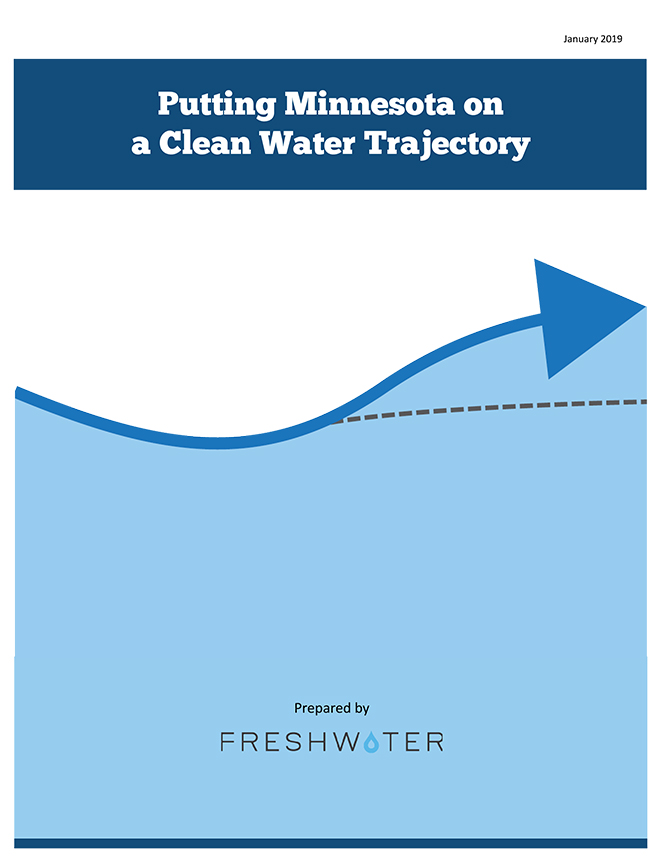We have a current system, which is better than the old system, and there is funding to help us make headway as we create the next system.
Fourteen years ago, a group of interest and agency representatives developed consensus about how to tackle Minnesota’s impaired waters in a way that was effective, met the requirements of the federal Clean Water Act, and removed a significant threat to economic development. The group produced 31 recommendations, of which an amazing 27 are either completed or in progress.
Thanks to that group’s consensus and significant investment through the Clean Water Fund, a number of Minnesota’s water approaches are on good, solid trajectories which, given time and resources, will produce good results. A system was set up to complete TMDLs, assess major watersheds, address wastewater and industrial site discharges, get LiDAR data for the entire state, and build projects on the ground.
However, there are some issues where complex problems still lack a scalable solution and the trajectory is not so good. Issues and challenges on a good trajectory now may not keep pace later as population, economy, and climate all change. With the Clean Water Land and Legacy Amendment, there are resources to make even more progress and transition to new systems to sustain this progress.
It’s a good time to pause and assess where we are now, where we want to go, and what we still need to do to get there. During the winter of 2017-2018, Freshwater convened seventeen interest and agency representatives to do just that, including many from the original process fourteen years ago.
This report offers guidelines for the next ten years to the Clean Water Council and executive branch agencies. It is intentionally written for audiences with extensive history working on water resource challenges to be used to advance actions that will pivot Minnesota onto a better trajectory, and will be used in advocacy efforts by Freshwater and other participating groups over the next couple of years.
Published by Freshwater with support from the McKnight Foundation.

